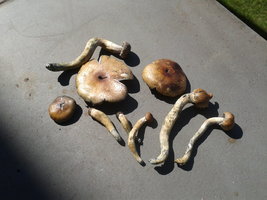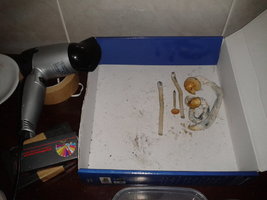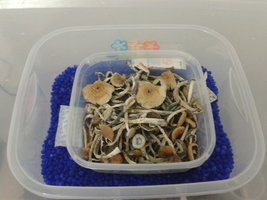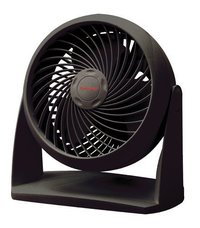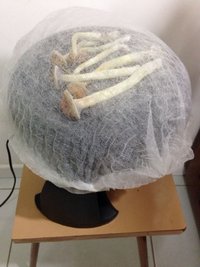Hi here is method, be careful of this stuff as it is caustic when liquid.
Calcium chloride (CaCl2) is probably the most common drying agent for general lab use. Besides low toxicity and low cost, its primary advantage is that it doesn't stop absorbing water when it reaches some fixed hydrate (e.g., 2H2O, 6H2O); it will keep going until it dissolves in its own water of hydration. Heat is of course generated during this process.
Sold under various trade names such as Damp-Rid, Humi-Dri, and Dry-Out, anhydrous CaCl2 must be kept in airtight containers to prevent it from liquefying as it absorbs atmospheric water. In other words, the compound has such an affinity for water that it will form a solution of itself from the water it pulls from the air.
Regenerating CaCl2: Even in a vacuum desiccator, calcium chloride will eventually become hydrated with use and will lose much of its drying power. The hydrated CaCl2 can be collected, put in a borosilicate glass beaker, and heated in an oven at or above 200°C (392°F) for a few hours. The hydrated CaCl2 will first melt, conforming to the shape of the container. The water will then begin to boil away (there will form puffed-up structures of dry CaCl2, which could overflow if a shallow container is used). When all the moisture has been driven off, the container should be covered immediately and allowed to cool. When cool enough not to melt plastic, it should be placed in a vacuum desiccator and the air evacuated. When fully cool it is then taken out of the desiccator and, if necessary, pulverized to 1/8-inch pieces in a sturdy mortar and pestle (do not grind it into powder; ideally it should be no finer than coarse sand). It must then be put into an airtight container as soon as possible.


